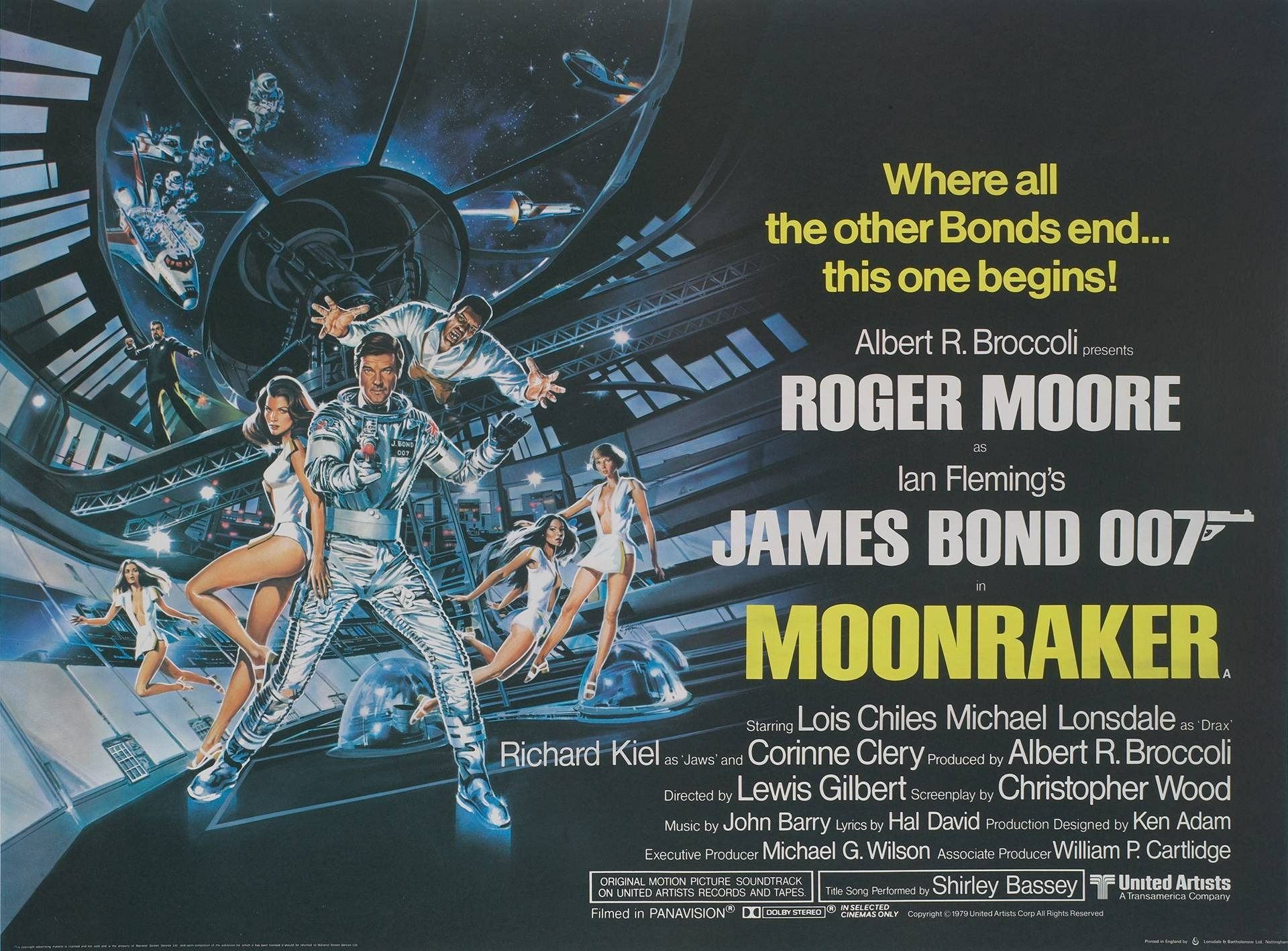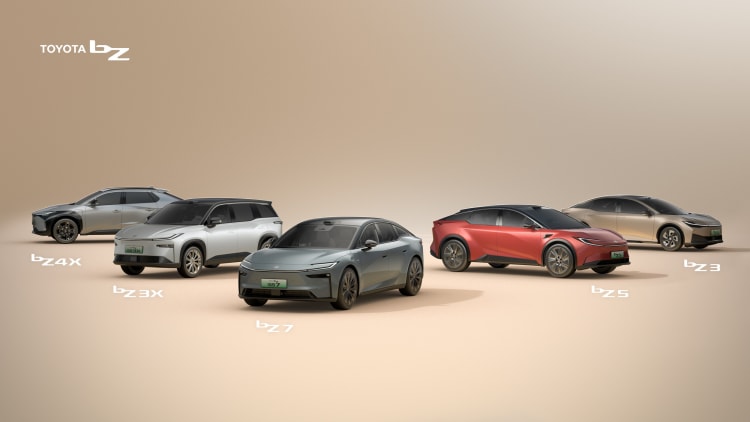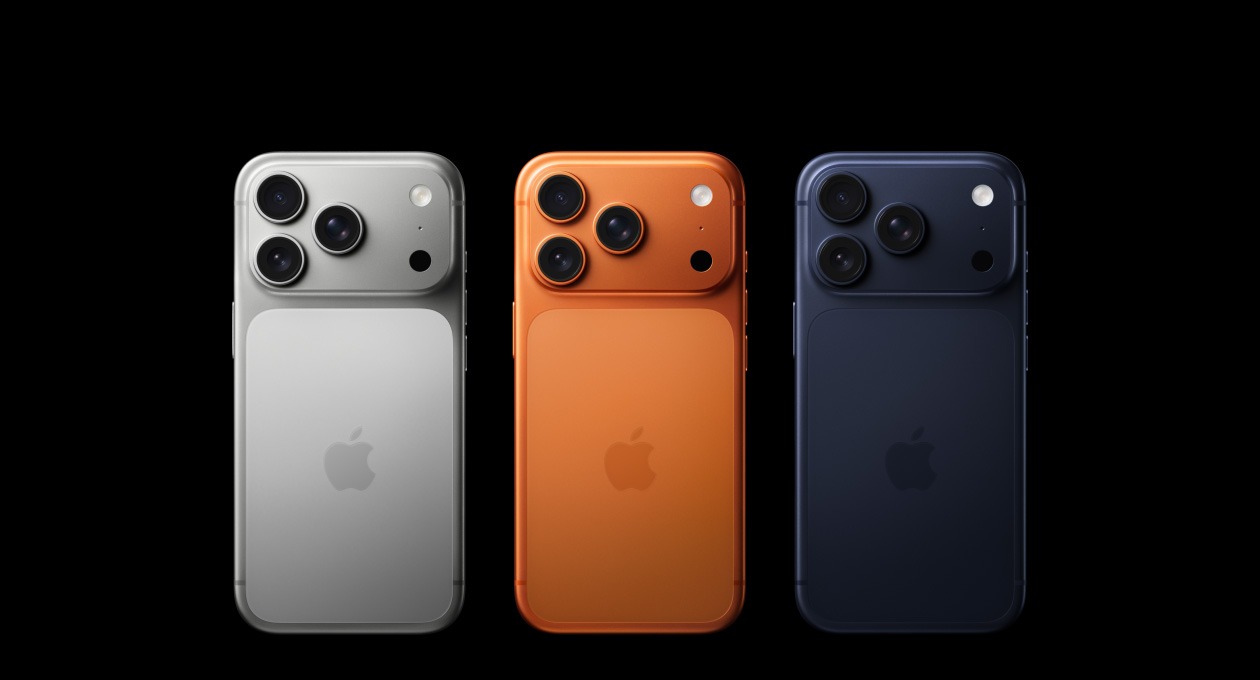When Hugo Drax unveiled his private space station in Moonraker, audiences laughed at the audacious impossibility. A billionaire operating his own orbital habitat? Pure fantasy in 1979, when NASA’s Skylab had just crashed back to Earth months earlier. Yet here we are in 2025, watching Axiom Space and Blue Origin pour billions into commercial space stations that would make Drax’s operation look quaint.
The Bond film’s technological speculation has aged like a fine wine—or at least like a decent bottle that surprises you decades later.
Private Space Goes From Villain Plot to Venture Capital
Drax’s orbital empire seemed laughably impossible when space belonged exclusively to superpowers.
Moonraker premiered in a world where private spaceflight was science fiction. The Space Shuttle wouldn’t even launch for another two years. Today, SpaceX commands a $150 billion valuation while Axiom Space develops the International Space Station’s commercial replacement. Blue Origin’s Orbital Reef promises orbital manufacturing and space tourism.
The fundamental premise—privately owned, commercially operated space infrastructure—has transformed from Bond villain megalomania to sound business strategy backed by institutional investors. What once required superpower budgets now attracts venture capital like a gravity well.
Air-Launch Dreams Take Flight (Sort Of)
That mid-flight shuttle hijacking looked impossible until Virgin Galactic proved the concept viable.
The film’s most audacious sequence featured a space shuttle launching from atop a Boeing 747 carrier aircraft. While NASA’s actual shuttles required ground-based rocket boosters, the air-launch concept wasn’t entirely ridiculous. Virgin Galactic’s SpaceShipTwo now routinely launches from its WhiteKnightTwo carrier at 50,000 feet—proving the physics work, even if the energy requirements limit it to suborbital flights rather than Bond’s orbital adventures.
Personal flight systems also materialized. Jetpack Aviation offers turbine-powered flight systems, while paramotors fulfill the powered paraglider fantasy from Bond’s Venice escape sequence. Your childhood dreams of personal flight aren’t quite ready for commute duty, but they’re no longer impossible.
The Dark Side of Prescience
Some predictions you’d rather leave fictional, but CRISPR had other plans.
Handheld laser weapons remain as impossible today as in 1979—power density and thermal management still confine directed energy systems to vehicle-mounted platforms. The U.S. Navy’s LaWS program can disable drones, but you won’t be packing a laser rifle anytime soon.
More unsettling is Drax’s genetic engineering subplot. CRISPR technology has made precise human genetic modification technically feasible, transforming the villain’s “perfect species” scheme from a biological impossibility to a bioethical minefield. The 2018 gene-edited babies controversy proved we’ve entered territory Bond’s writers treated as safely hypothetical.
What seemed like escapist entertainment now poses genuine policy questions: Who governs private space stations? How do we regulate genetic modification? Moonraker‘s fictional dilemmas have become tomorrow’s regulatory challenges, and unlike Bond’s adventures, no clear hero is waiting to save the day.





























